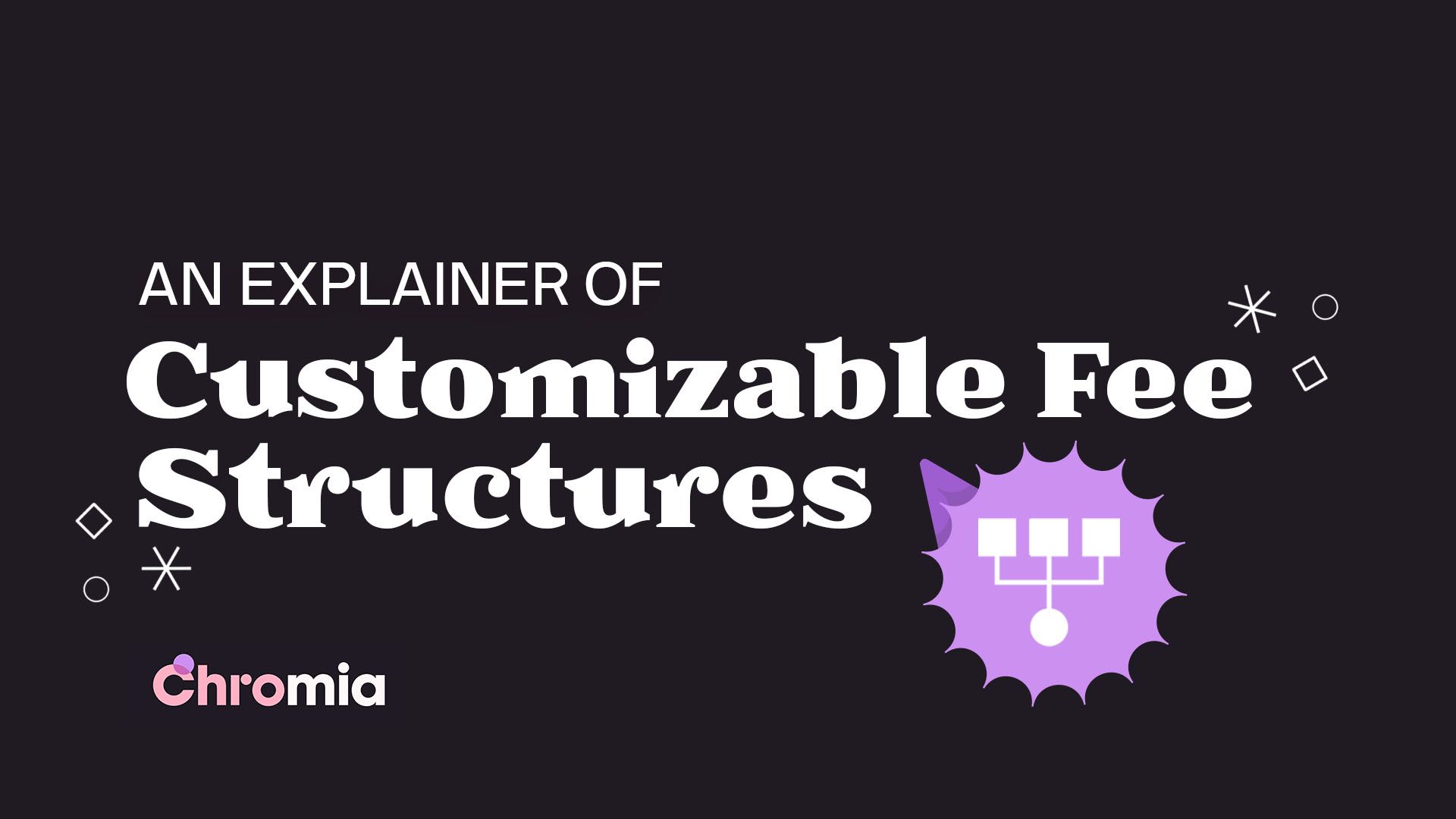Today’s focus is Customizable Fee Structures. This feature is a key element to Chromia’s design that will differentiate it from other Layer-1 platforms while also making it a desirable Layer-2 destination for projects based on Ethereum and other EVM chains.
Think about a blockchain game that allows you to pay a monthly subscription and then play all day, every day, without interruptions. When an in-game action results in tokens moving on the blockchain, everything happens smoothly in the background.
You spend some of the game’s native token for an item represented by an NFT - the native token is transferred out and the NFT enters your wallet, seamlessly.
Another player and you enter into a trading screen in the game and agree to a swap of in-game items, including multiple NFTs, and tokens. When both sides agree to the trade, the underlying blockchain transfers take place instantly.
You fuse together three rare ingredients NFTs to craft a powerful potion NFT. After submitting the action, the ingredients are burned and the potion is minted to your address.
How does Chromia make this possible?
The Chromia network consists of a series of interconnected blockchains, allowing each application to run on its own chain.
Instead of miners, Chromia is powered by a distributed set of providers who run a collection of nodes. These nodes are grouped into clusters, which are responsible for providing computation and data storage to individual Dapp chains.
Providers are paid by Dapps, which are given the choice of how to pass these costs on to their users. This structure allows for several fee models:
Classic model (fee per transaction)
This classic model resembles the user experience on blockchains like Ethereum or Bitcoin. Each time a transaction is initiated, the user must pay to have it processed.
However, unlike Ethereum, Chromia Dapps can charge a flat fee per transaction. An application could charge users 5 cents per transaction, and the price will remain the same regardless of network traffic.
Subscription model
In this model, a user pays a set amount and is then able to perform transactions ‘for free’ as long as they are an active subscriber.
Dapps can rate limit transactions (i.e. one transaction every 3 seconds, 200 transactions per day, etc.) in order to prevent malicious actors from spamming the network.
Freemium model
Certain actions within the application are free, while others require a subscription or ‘per transaction’ fee.
Subsidized model
Application developers may choose to pay their hosting fees without collecting fees from users. This model can be used when the developers generate revenue from outside of the blockchain - For example, a company may manufacture and sell IoT devices that interact with a Chromia Dapp.
More flexibility means more possibilities
- The classic model allows developers to build applications that act and feel like traditional Ethereum Dapps, with the added benefit of faster confirmation times and fixed cost transactions.
- The subscription model will allow applications to be designed that function ‘seamlessly’ - users can perform actions within an application that trigger blockchain transactions in the background.
- Freemium models will allow new users to try an application without owning any cryptocurrency, while also providing a seamless experience for users who choose to subscribe.
- The subsidized model allows businesses to offer blockchain-based services and applications to their customers, even if the customers do not own cryptocurrency.
One of the priorities outlined in our Whitepaper is to “Improve the user experience of Dapps to achieve parity with centralized applications”. In other words, we want to build a platform that can support blockchain applications that feel as easy to use as the apps on your phone or the programs on your computer. Customizable Fees are just one of the features we are implementing to make this vision a reality.
About Chromia
Modern society runs on data and every online service you’re using is built upon underlying databases - ranging from your online bank to music streaming and gaming. Chromia is a relational blockchain - a combination of a relational database and a blockchain - making it easy to develop user-friendly decentralized apps for almost any industry, including DeFi, NFTs, gaming, and more.
Website | Twitter | Telegram | Facebook | Instagram | Youtube
